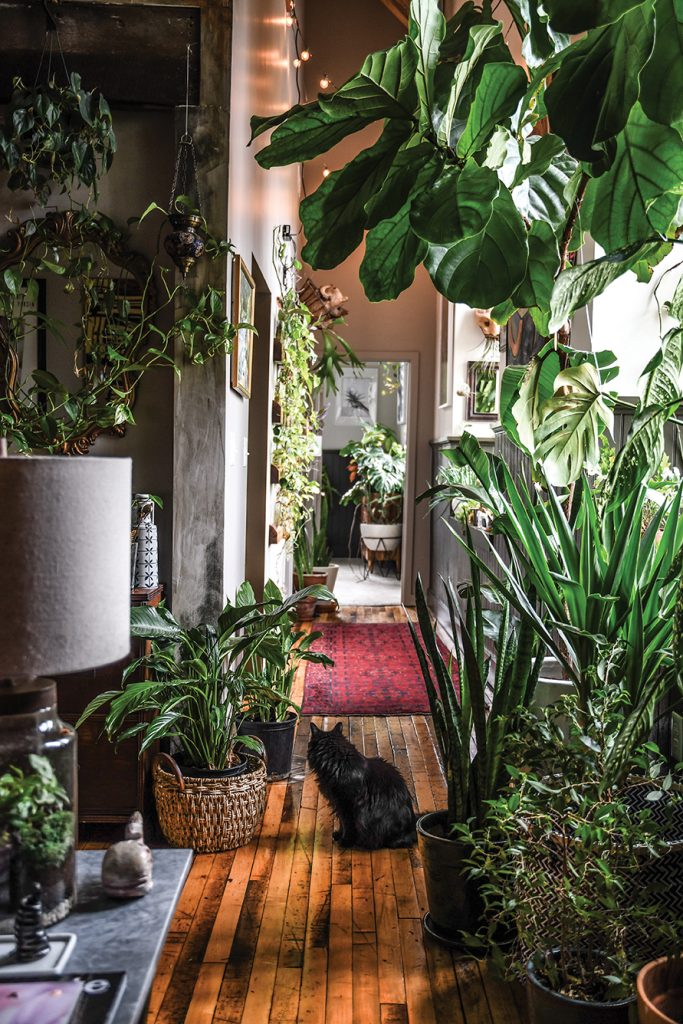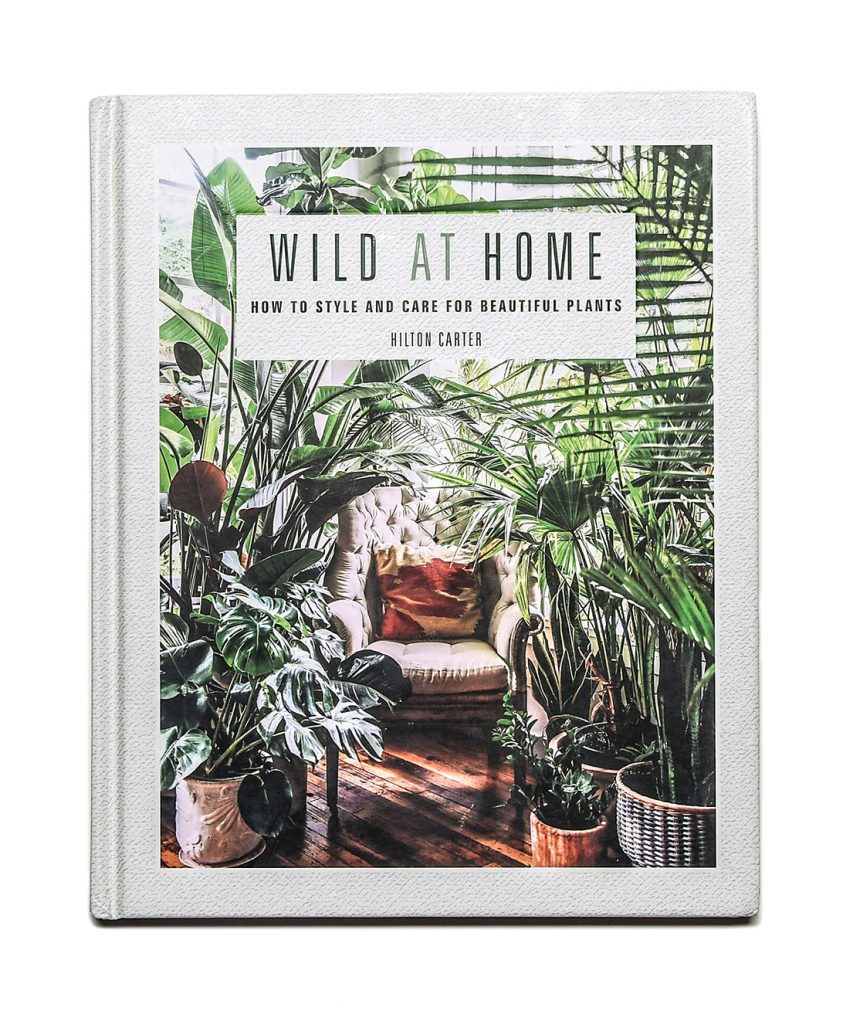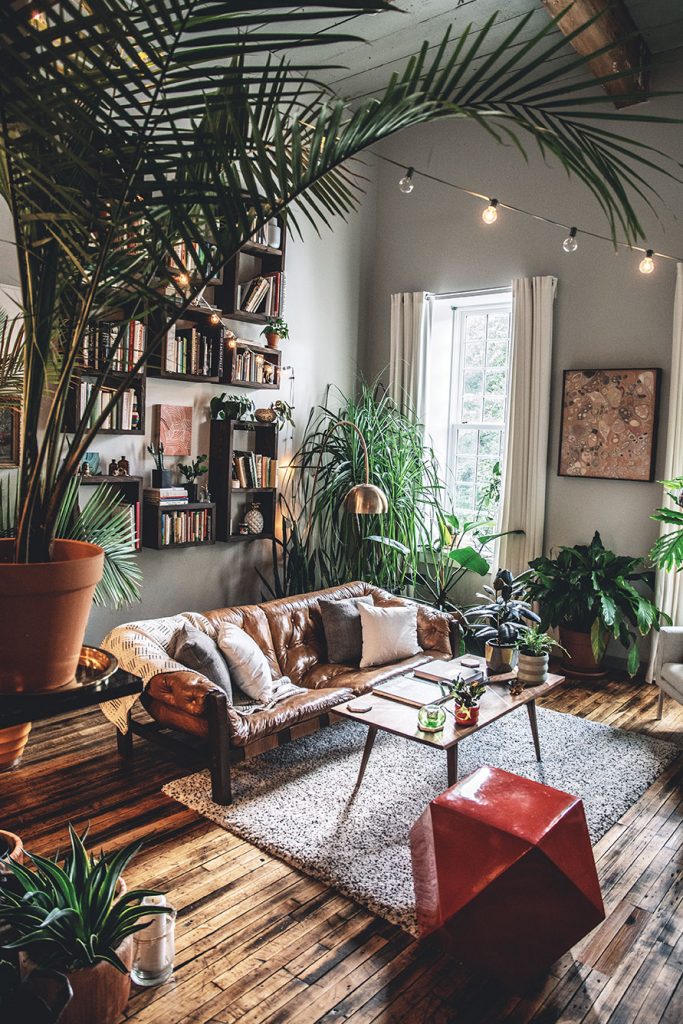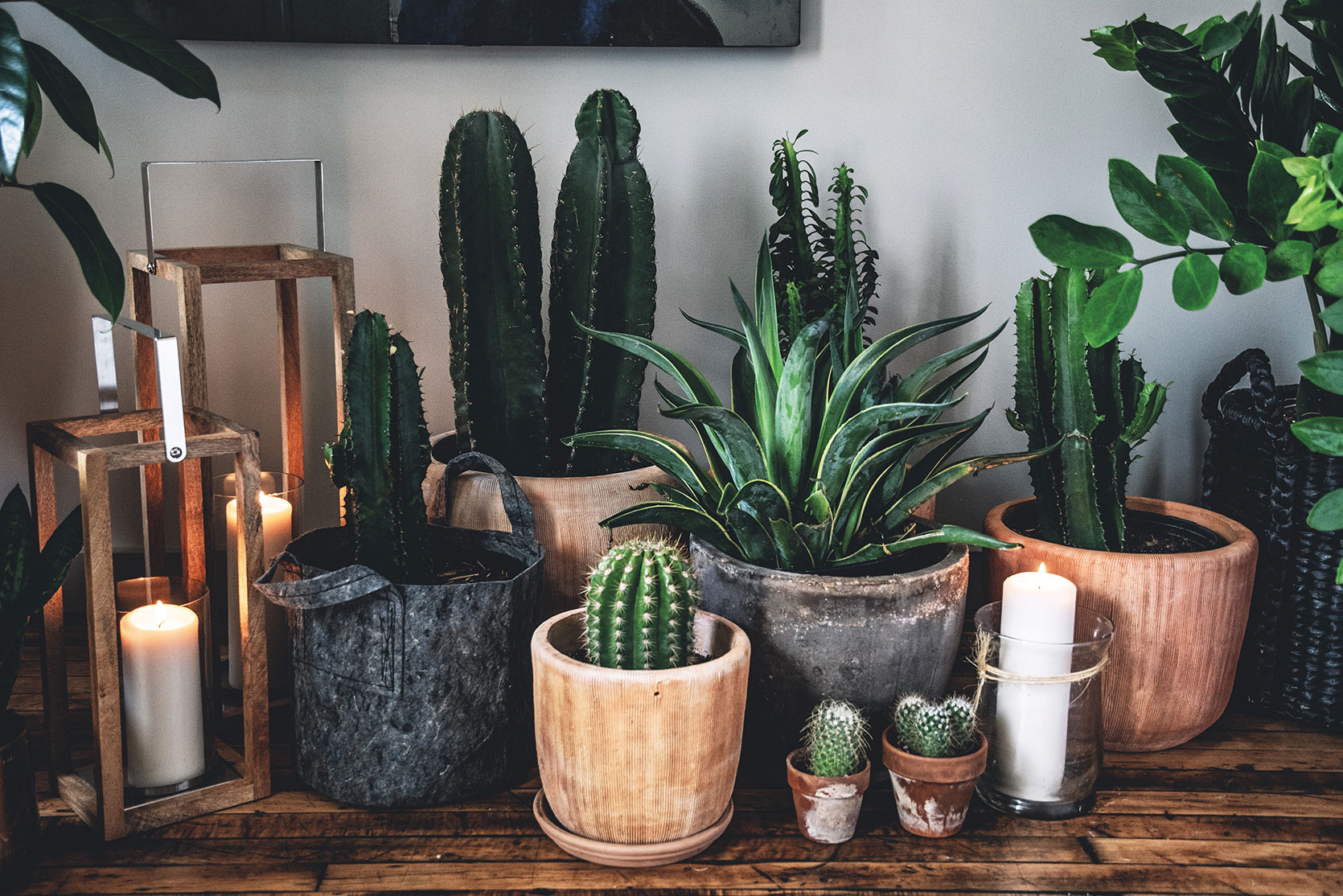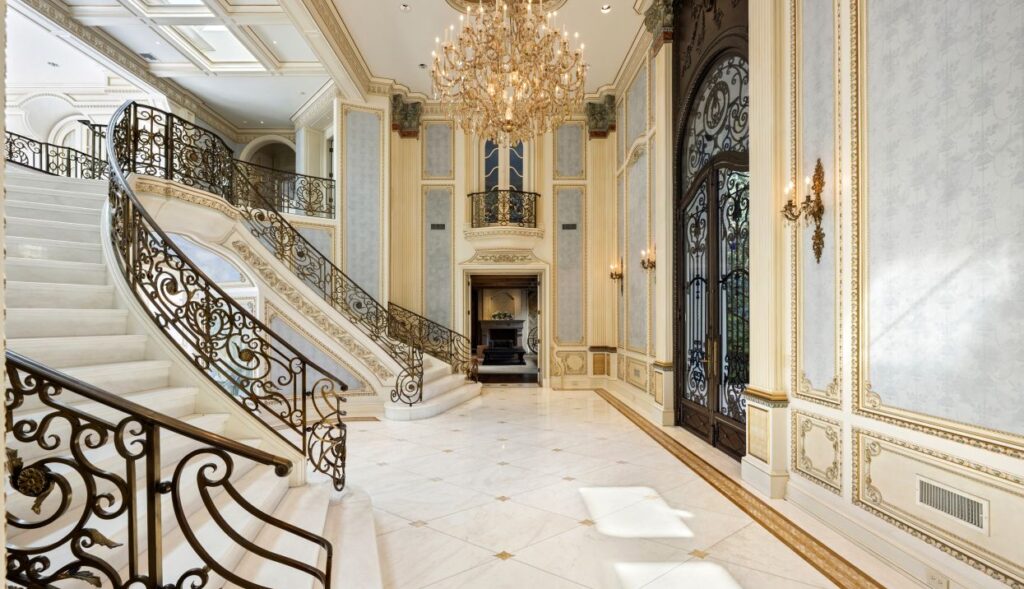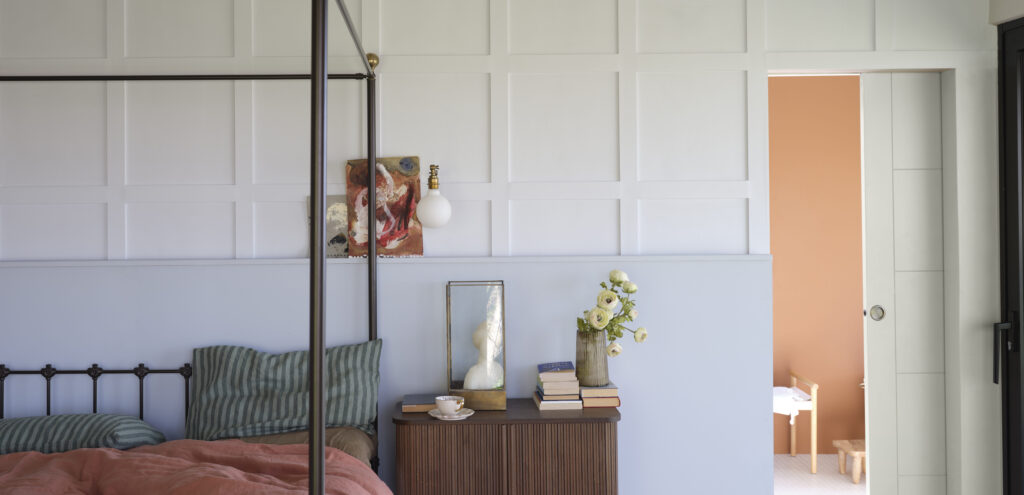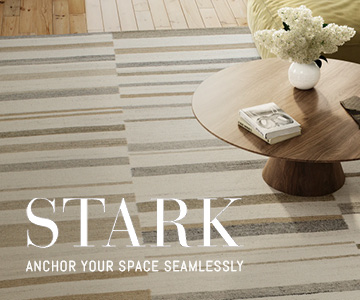If you’ve ever felt as though a particular space was missing something, the chances are that something is green. From Manhattan’s ship-to-you startup The Sill to an influx of botanical bloggers on social media, indoor plants are experiencing a sort of renaissance. In 2016 alone, it’s estimated that roughly six million people in the U.S. took up gardening. And according to the annual National Gardening Survey, more American homes are gardening than ever before (77 percent).
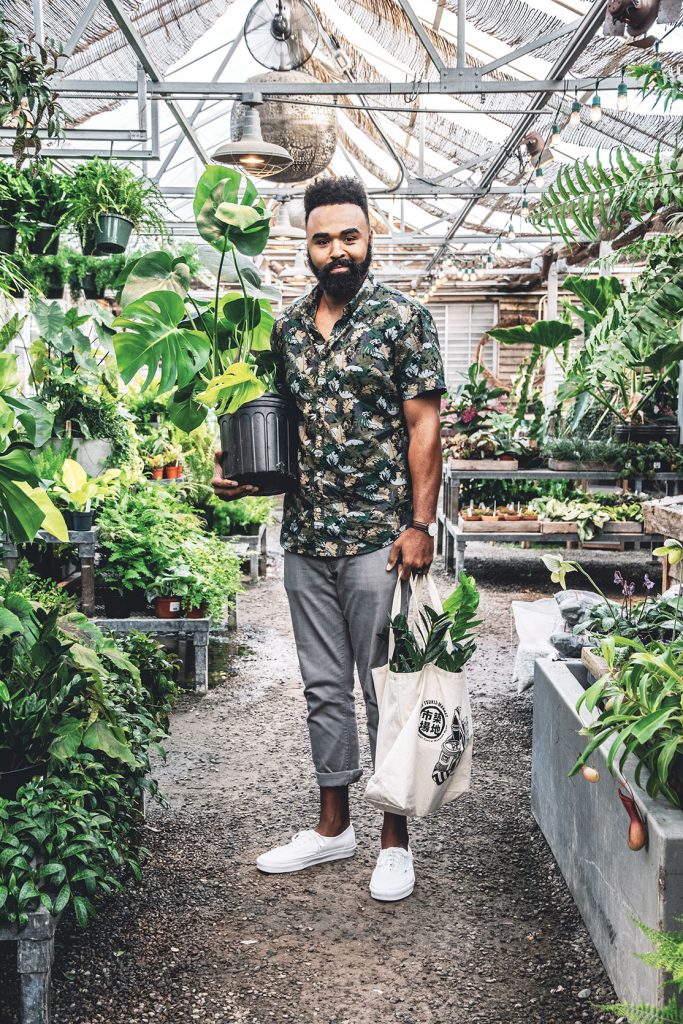 It’s true, we’re enthusiastic about plants again but it’s the impact they’re having on design that’s become even more viral. Thanks to the wonders of the World Wide Web, we’re sharing everything from eight-foot-tall fiddle leaf figs to intricate succulent terrariums. For its part, the “green” renaissance has spread like wildfire, almost to a point where an interior scheme devoid of foliage seems lackluster. And every day, we are seeing more jungalow-type designs pop up all over the world.
It’s true, we’re enthusiastic about plants again but it’s the impact they’re having on design that’s become even more viral. Thanks to the wonders of the World Wide Web, we’re sharing everything from eight-foot-tall fiddle leaf figs to intricate succulent terrariums. For its part, the “green” renaissance has spread like wildfire, almost to a point where an interior scheme devoid of foliage seems lackluster. And every day, we are seeing more jungalow-type designs pop up all over the world.
Like all trends, the indoor plant craze is driven by passionate individuals who we tend to gravitate towards—think of them as “a mentor from afar.” Since I began my journey to bring more green into my New Jersey home (35 plants and counting), Hilton Carter has been that mentor. The Baltimore filmmaker and interior designer has over 200 houseplants and since 2017, Carter’s Instagram account (@hiltoncarter) has served as an inspirational compass for me personally—covering everything from expert plant care to style tips.
An artist in his own right, Carter found the inspiration to bring plants into his design in 2011. But it wasn’t until 2014, when he purchased a large fiddle-leaf fig he named “Frank” to fill out his apartment, that his passion began to grow. “It seemed as if Ficus lyrata, the fiddle-leaf fig, was the ‘it’ plant for interior designers and stylists,” Carter said. “…it wasn’t its popularity that made the fiddle-leaf fig catch my eye, but rather the shape, texture and color of the foliage that instantly drew me in.”
Fast forward to 2019, he has taken those #urbanjunglevibes to an entirely new level. Plants are just about everywhere in his Hampden home-in wall installations, cascading from countertops and even engulfing furniture. Carter-who is now also known as Apartment Therapy’s Plant Doctor-has garnered over 200k followers on his Instagram account alone. With so many looking to Carter for advice, the 2019 release of his first book “Wild at Home: How to Style and Care for Beautiful Plants” was just something that he (and his fans) felt needed to happen. And the title itself, it seems, has been selling by the thousands.
The purpose of “Wild at Home” is twofold: to help those looking to incorporate more greenery into their space and also to tell the story of Carter’s personal journey with plants. “I wanted to give readers an understanding on how to care and style their plants, but I also needed to share my journey. I wanted them to know how my start probably resembled so many of theirs,” Carter told me after the book’s release.
“I wrote ‘Wild at Home’ because the indoor plant renaissance is in full bloom, but not many understand how being mindful of the way you place a plant in your space can truly change the mood and feel. Often, folks will bring in plants and just toss them next to a window-and done. They don’t think about creating the space. They don’t consider the planters they’re placing them in. They don’t consider what plants look better together or what foliage textures sing to each other. Just like I do on my Instagram feed, I want to share what I know.”
Inside “Wild at Home” readers will find everything they need to become acquainted with their newfound green thumb. Its four chapters outline the basics for incorporating houseplants into your design scheme: 1. Green in the Home (how to shop, tools to buy), 2. Styling with Plants (pots and design), 3. Living with Plants (home tours) and 4. Plant-care Essentials (potting, watering, feeding).
While the idea of an urban jungle can sound overwhelming, “Wild at Home” helps plant lovers of all intensities navigate care and styling—whether they prefer three or 300. First and foremost, Carter is not only trying to show homeowners and designers how to improve a space with plants, but also how to keep them alive. “For those new to greenery, ‘Wild at Home’ breaks down the right way to think about bringing plants into the home,” Carter said.
“It starts with being self-aware and knowing what type of person you are. Then it asks what kind of light you have in your home. A person that travels often or is a bit forgetful, shouldn’t bring plants in their home that require a ton of their time. They should have low-maintenance plants. But if they don’t have the right light, none of that will matter. Before they bring a plant home they should figure out what type of light they have. Is there a window? Is it a northwest, northeast, or south facing window? And then with that knowledge, take it to the nursery and ask an associate what plants thrive in that type of light. So many people bring plants into their home because they see one and just think the foliage is pretty. It won’t be pretty for long if you’re placing it in environments that aren’t suitable for the plant. My goal is to get this new green community to care about the life of the plant and not just see it as a prop.”
“Wild at Home” is quickly becoming an instant staple for plant owners and horticulture enthusiasts all over the world. And whether this is the first of many books (or the only) for Carter, sharing his knowledge with the green community is his heart’s desire. Since the release of “Wild at Home” Carter has gone on tour doing book signings and live demos. For Carter and his wife, Fiona, greenery is what binds each room of their Baltimore home together. From the start, the design scheme has always been about creating a sense of tranquility and calm. And even the smallest succulent is one step closer to that peace.

